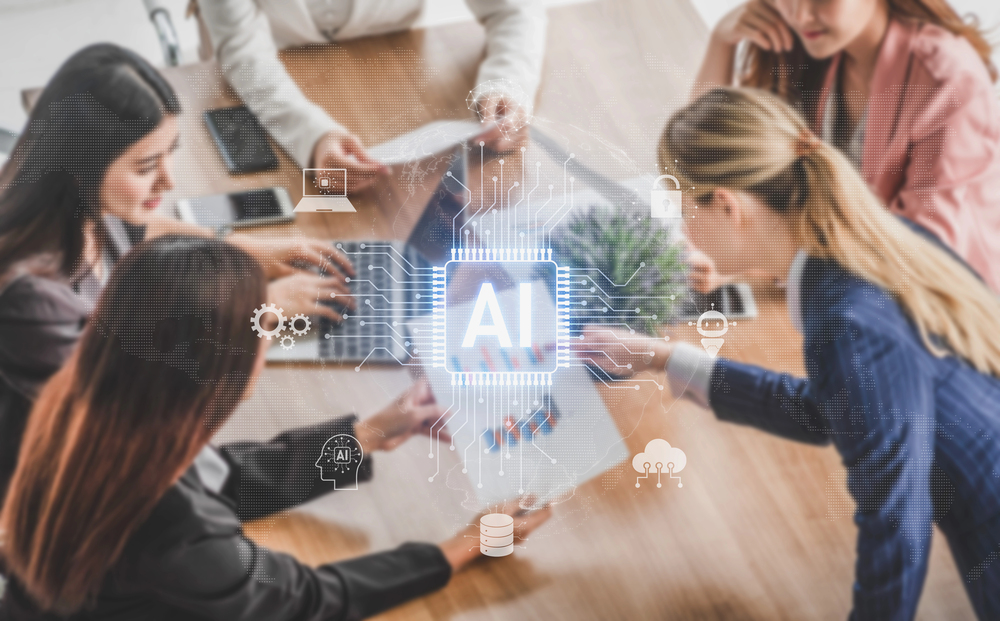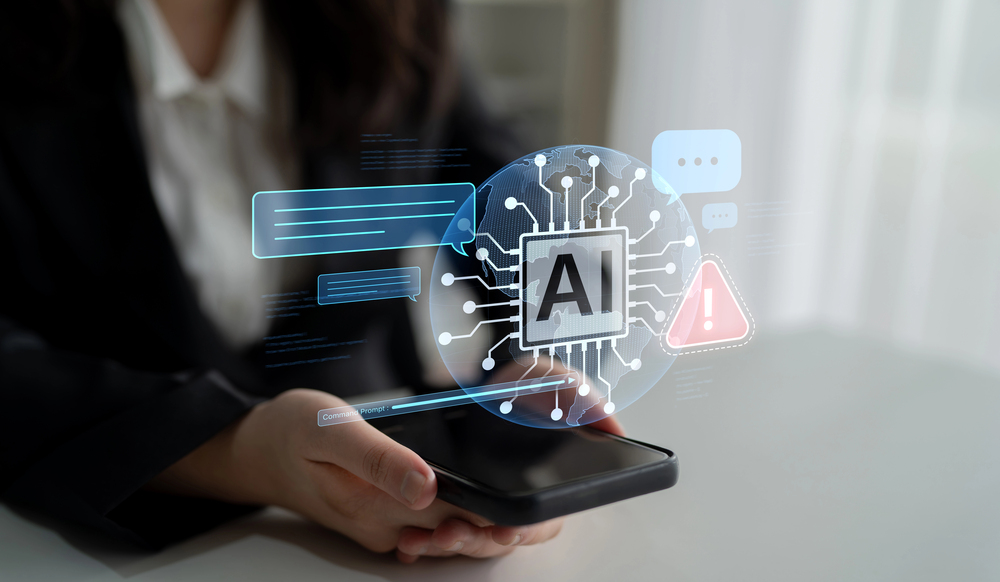
“Artificial intelligence is not coming it’s already here, and it’s remaking the playbook of the digital age.” From search engines that summarise web content even before you press the button, to chatbots that can compose legal briefs or even create music, AI has come a long way from being a niche research subject to being an omnipresent layer of modern life. But with such pace comes a deluge of technical jargon that can have even the most veteran practitioners struggling to stay in the race.
Groping for the language of AI is no longer a choice. These words are the vocabulary for ethics discussions, product strategy, and the future workforce. In boardrooms, classrooms, or just plain debates, proficiency in the changing lexicon of AI conveys credibility and preparedness for the next wave. Below are nine of the most important concepts defining AI in 2025, each a doorway to unlocking the technology’s potential, danger, and possibility.

1. Artificial General Intelligence (AGI)
AGI refers to hypothetical AI that may be able to execute a broad variety of intellectual tasks at or beyond the human level and self-revise in the process. Unlike present narrow AI, which has information in specific areas only, AGI would transition easily into novel challenges without needing to retrain. Generative AI would add trillions of dollars to the world economy annually, the McKinsey Global Institute asserts, but AGI brings world-shaking questions with regard to control, safety, and governance.
Researchers forecast “fast takeoff” scenarios where, once AGI is reached, its capabilities can stretch beyond human oversight. Aligning is thus at the very top of the agenda for AI security scientists as a research agenda.

2. Large Language Models (LLMs)
LLMs are deep learning models of enormous size trained on massive text data to produce and comprehend human-like text. Architectures like the transformer introduced in 2017 enable them to retain context over the course of a whole passage rather than processing words in a vacuum. Modern LLMs like GPT‑4 and Google’s Gemini are able to deal with billions or even trillions of parameters.
They power everything from chatbots to code generation but are vulnerable to creating coherent but wrong text through their statistical foundation, a topic referred to as hallucination. According to MIT Sloan experts, knowledge of their vulnerabilities is as important as exploiting their strengths.

3. Tokenisation
Pretextual text is tokenized into tokens individual units like characters, subwords, or words prior to processing using an LLM. Tokenization converts raw language into numerical data models can process. Techniques like Byte Pair Encoding condense sequences by lumping common symbol pairs together so models can trade off vocabulary size with computational cost.
As defined in recent technical documents, tokenization directly influences model performance, cost, and context length. An ill-tuned tokenizer can bloat input size, limiting the richness of prompts or depth of conversation a model can sustain.

4. Generative Adversarial Networks (GANs)
GANs are a type of AI model where two neural networks, the generator and the discriminator, are pitted against each other. The generator creates fake data, and the discriminator verifies it. Going through the process several times has the generator learn to create data that is not distinguishable from actual data.
This competition process has reshaped the process of image generation and now enables photorealistic face images, deepfakes, and style transfer. It does have ethical concerns about misinformation and intellectual property and has led to the necessity of watermarking and provenance tracing.

5. Retrieval-Augmented Generation (RAG)
RAG fills the gap between base model generative power and targeted information retrieval. Instead of taking the pretraining-only route, a RAG system retrieves facts from online databases or knowledge bases in real-time and employs relevant facts to inform responses.
This approach avoids stale data and reduces hallucinations to zero and is hence ideally suited for use in commercial applications where accuracy is the highest priority. Coupled with vector databases, RAG makes ground truthing AI output into authenticated, domain-related content feasible without retraining the base model.

6. Prompt Engineering
Prompt engineering is the art of designing inputs that cause AI models to generate certain outputs. It mixes linguistic correctness with understanding how models reason, often using techniques like chain-of-thought prompting to prompt step-by-step reasoning.
It’s potent, but it can be also used to evade safety checks, highlighting the need for robust guardrails. In workplaces, it’s becoming an expert set of skills, stuck between end users and model creators.

7. AI Hallucination
An AI hallucination is when a model generates something factually incorrect or nonsensical but structurally coherent. This is because the model is based on statistical patterns rather than grounded fact.
In matters of high stakes law, medicine, or investment advice, say, hallucinations can cause real harm. Mitigation strategies are RAG, closer output checking, and training users to critically review AI-generated content.

8. Bias in AI Systems
Bias is when AI technologies mirror or amplify prejudice within data they’ve been trained on. It can occur where language algorithms stereotype others or computer vision technologies falsely classify faces by race and gender.
Just as the researchers suggest, bias prevention requires inclusive, vetted data sets and frequent audits. Organizations like the Algorithmic Justice League advocate for transparency and accountability surrounding AI design.

9. Autonomous Agents
Autonomous agents are computer programs that can act on behalf of themselves for their own goals without continuous human supervision. They integrate perception, decision, and action whether steering a driverless car through traffic or controlling electronic workflows.
Stanford research has shown that such agents are actually able to create mutually accessible conventions and languages when they collaborate. The greater the power that they are assigned, the greater the need there is to include ethical constraints and ensure expected action.
To grasp these vocabulary terms is greater than a technical vocabulary question it’s a necessity to meaningful participation on the AI track. The more sophisticated technology becomes, the more advanced the language used to describe it, shaping public awareness, policy considerations, and system design for more effective systems in daily life. Knowledge of these terms in 2025 is an acknowledgment of what’s at stake.


